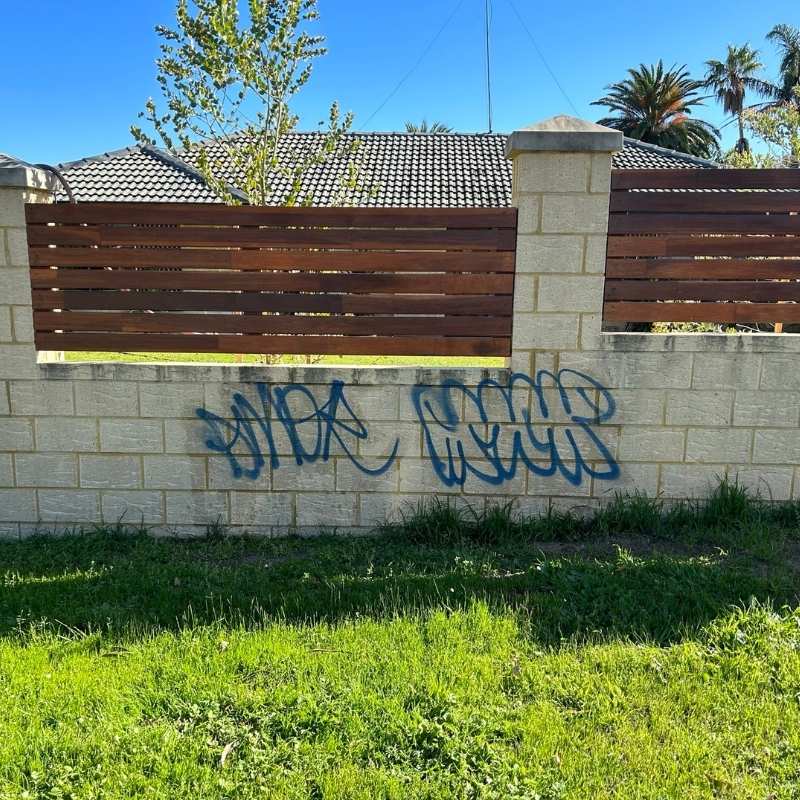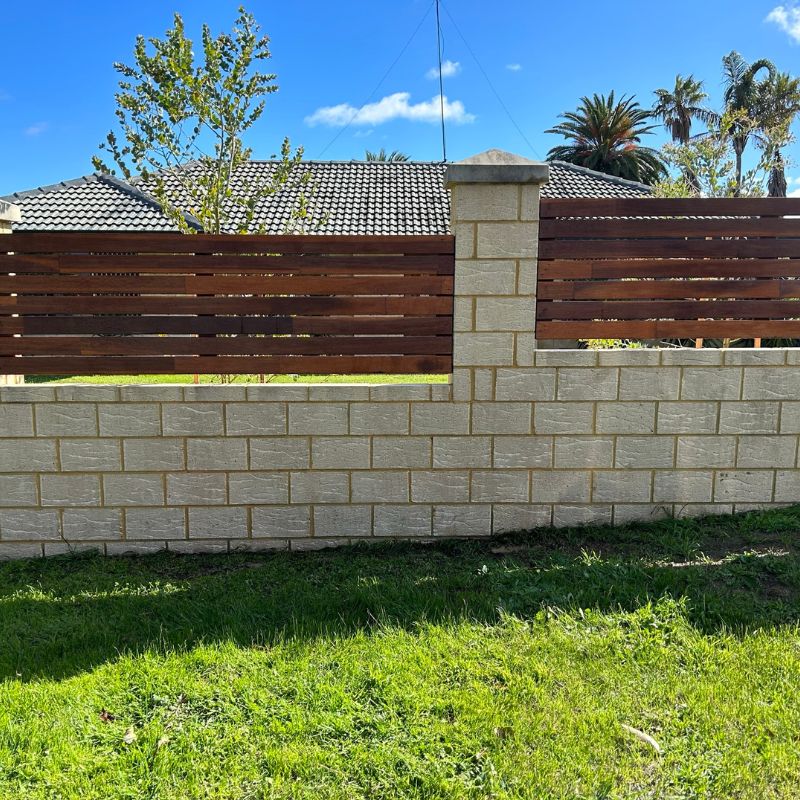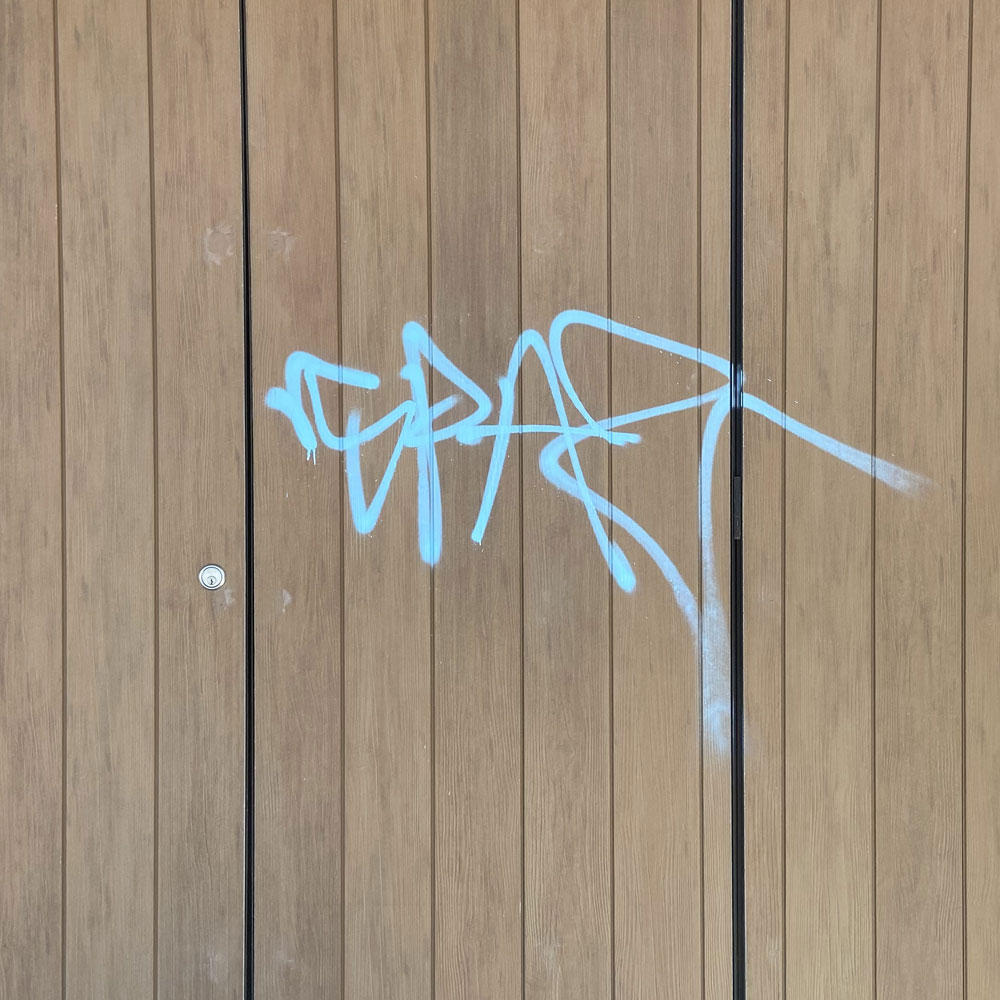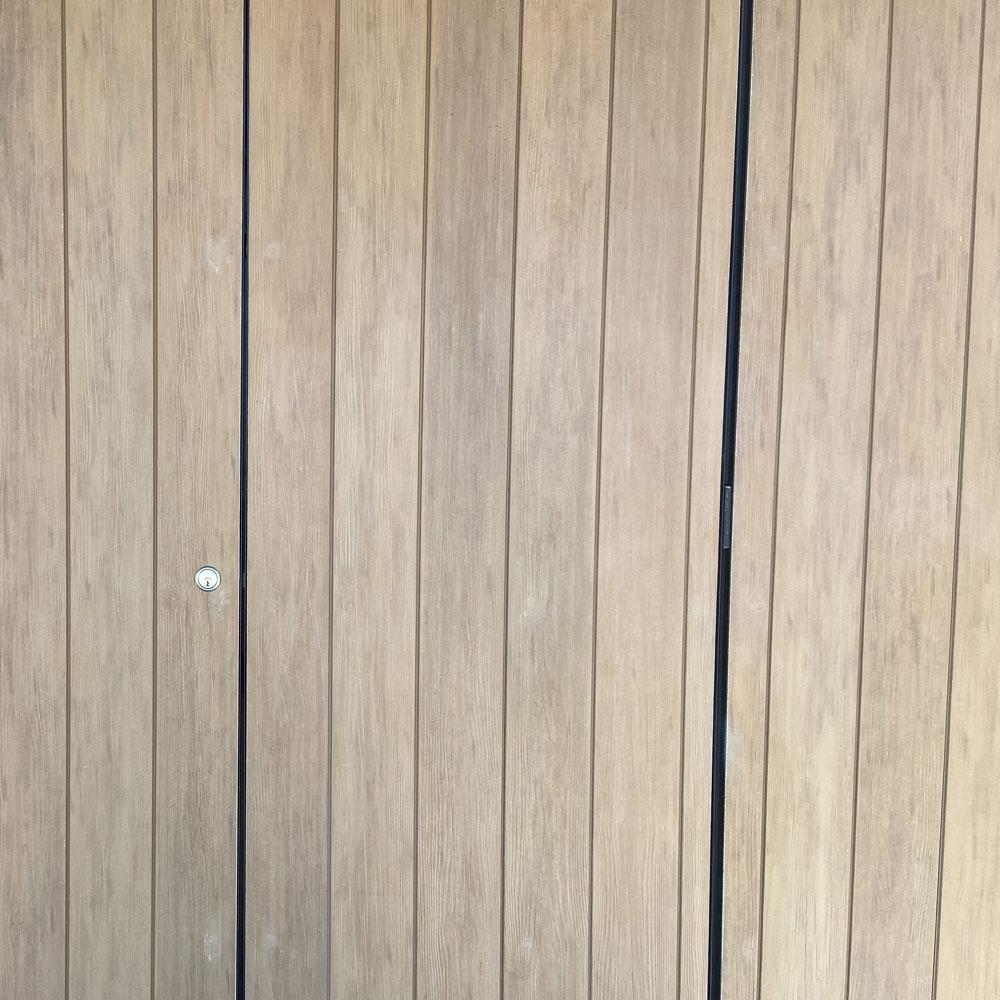That sinking feeling when you spot fresh graffiti on your property never gets easier. Whether it’s a small tag defacing your shopfront or an elaborate spray painted mural covering your warehouse wall, unwanted graffiti transforms from an eyesore into a costly business problems faster than you’d think.
Beyond the obvious visual impact, graffiti sends the wrong message to customers and can slash property values by up to 15%. Council fines for failing to remove graffiti within required timeframes add insult to injury, while insurance claims for vandalism damage pile on additional stress, whilst leaving graffiti untreated practically invites more vandalism, as tagged properties become magnets for repeat offenses.
The solution sounds simple which is to remove it quickly, but here’s where many property owners stumble. Using the wrong removal method can leave permanent marks, strip protective coatings or cause more visible damage than the original graffiti. Each surface demands its own approach, and knowing the difference between them saves both money and heartache.


1. Brick and Concrete
Brick and concrete surfaces present the toughest graffiti removal challenge as these materials act like giant sponges, with spray paint seeping deep into tiny pores and settling in for the long haul. Surface scrubbing barely scratches the problem (literally!).
Specialist graffiti removal gels offer the best starting point. These thick formulations cling to vertical surfaces, giving the active ingredients time to break down paint’s chemical bonds from within. The gel sits on the surface, penetrating those microscopic pores and loosening the graffiti’s grip.
Once the paint begins to lift, controlled pressure washing flushes the surface clean. Too little pressure leaves stubborn colour traces behind. Too much pressure erodes the surface itself, creating permanent damage that costs far more to repair than the original graffiti removal. Older brickwork often requires multiple treatment cycles to restore its original appearance completely.
Generic paint removers from hardware stores rarely cut it here. Professional grade products and equipment make the difference between a clean restoration and a patchy, damaged surface that screams “amateur job”.


2. Wood
Wooden surfaces demand a completely different approach as the natural grain catches paint particles, while aggressive cleaning risks splintering, gouging or stripping protective stains and sealers that took years to weather naturally.
Low pressure washing paired with wood-safe cleaning solutions dissolves paint without driving it deeper into the timber fibres. Patience becomes your best tool here because rushing the process with harsh chemicals or abrasives leaves permanent scars that no amount of sanding can fully remove.
Stubborn marks call for mild chemical removers designed specifically for timber. These specialised formulations work slower but preserve the wood’s integrity. Once the graffiti disappears, resealing or refinishing protects against future incidents. And in high risk areas, clear anti-graffiti coatings create an invisible barrier that makes the next cleanup dramatically easier.
3. Metal
Graffiti on metal surfaces (painted steel, aluminium siding roller doors) all presents its own headaches. As paint adheres tenaciously to metal, especially after Perth’s intense sun bakes it on like ceramic glaze, this calls for a two pronged attack including solvent based cleaners to break chemical bonds, plus careful mechanical action to lift stubborn layers.
Non-scratching abrasive pads provide the mechanical muscle without gouging the underlying metal. The key lies in working systematically, loosening sections rather than attacking the entire area at once. Medium pressure washing then flushes away loosened residues.
Pre-painted surfaces require extra caution, strip the graffiti too aggressively and you’ll remove the base coat too, leaving raw metal exposed to rust and weather damage. Touch up painting often becomes necessary to restore a uniform finish, but catching graffiti early makes this avoidable.
Why Quick, Professional Removal Matters
The longer graffiti remains, the more it becomes part of the surface, both visually and chemically. In Perth’s climate, sun exposure can cause rapid paint curing, making removal even harder. Delays also increase the risk of repeat vandalism, as untreated graffiti often attracts more.
Professionals have the benefit of specialised equipment, tested cleaning agents, and experience across different surfaces. This ensures the graffiti is removed effectively without unnecessary wear on the underlying material. They can also apply preventative coatings that make future cleaning faster and less invasive. And at Perth Power Wash, we use tailored techniques for each surface with one simple goal which is to restore your property to its best condition.
